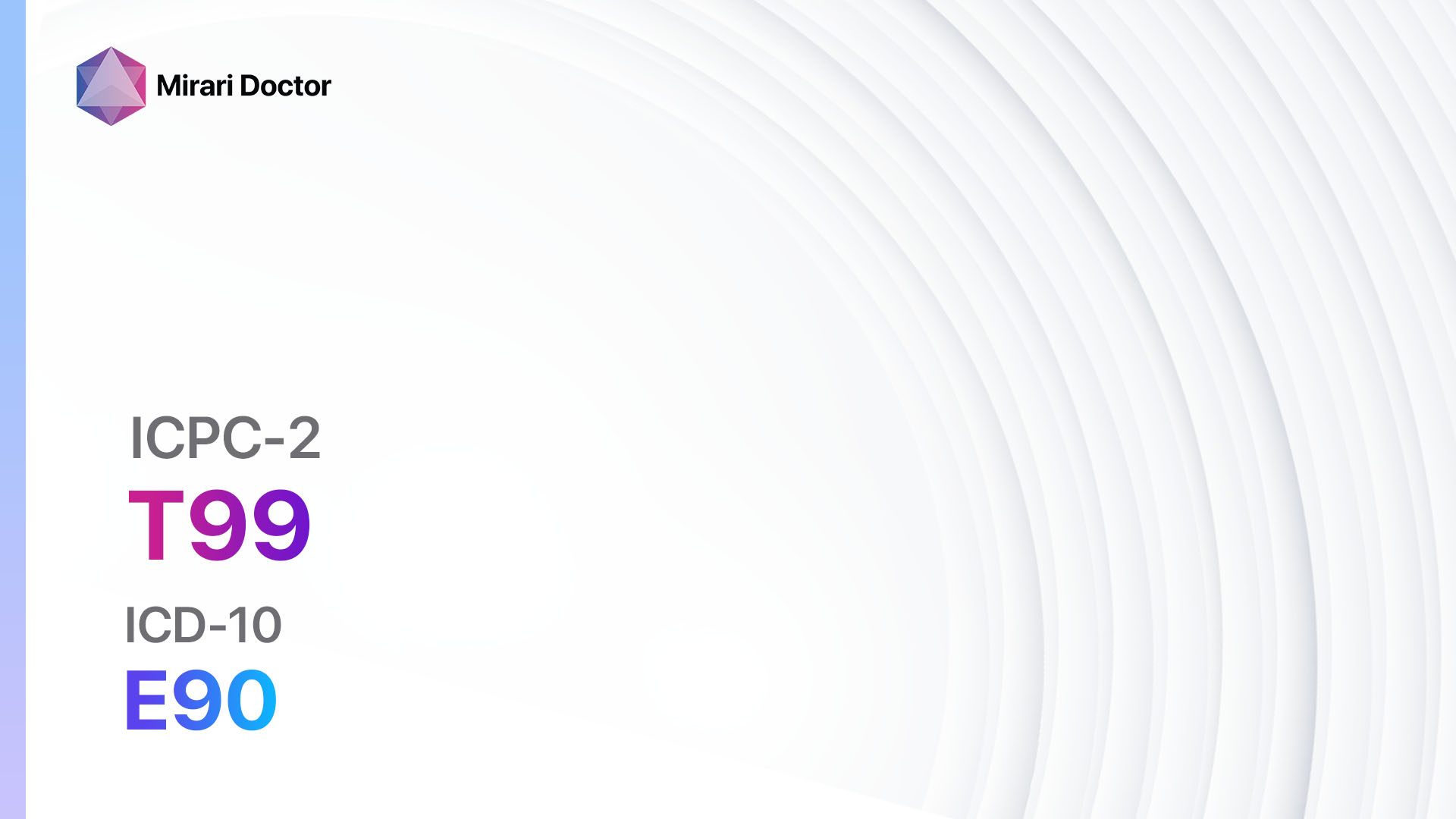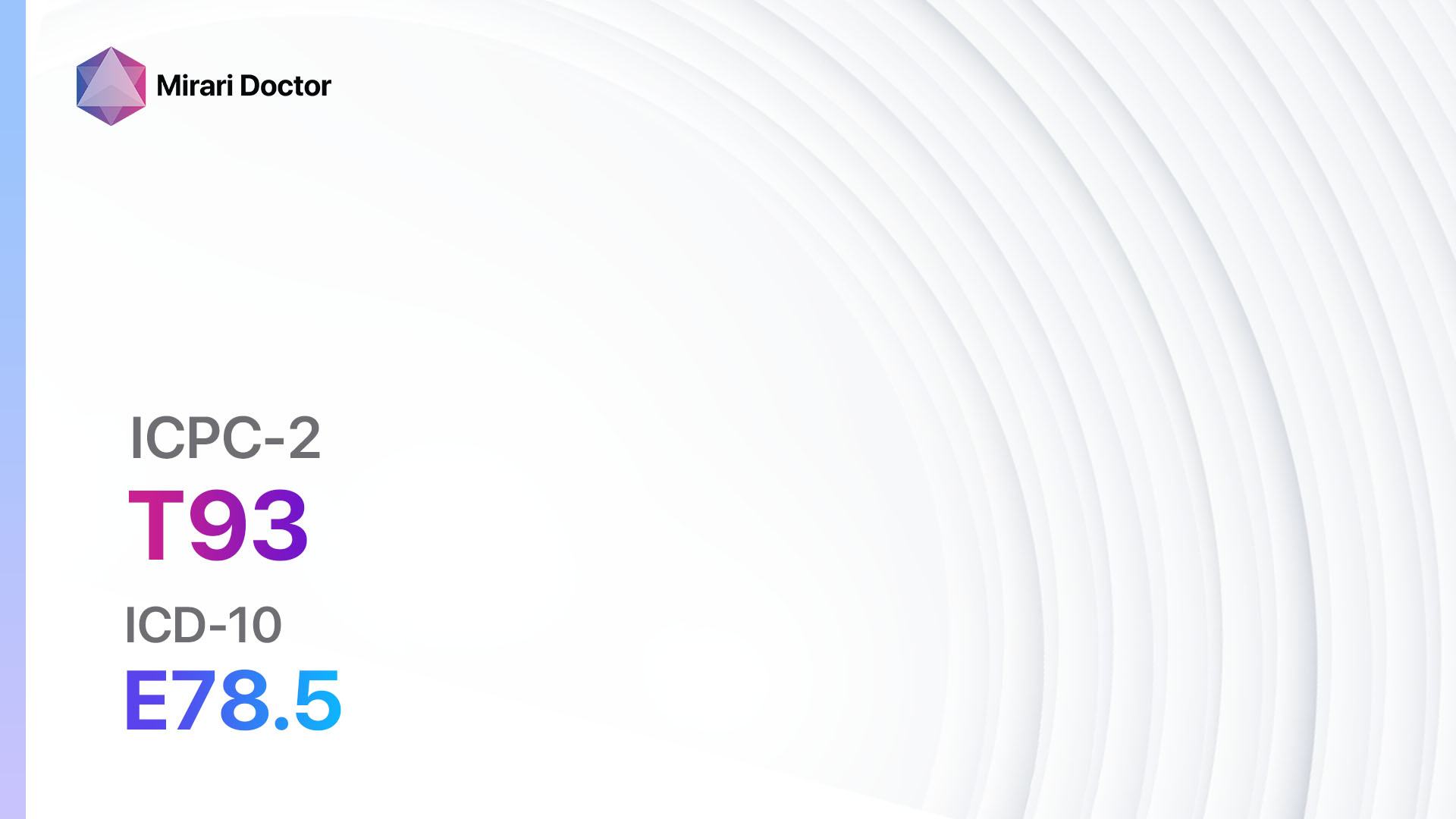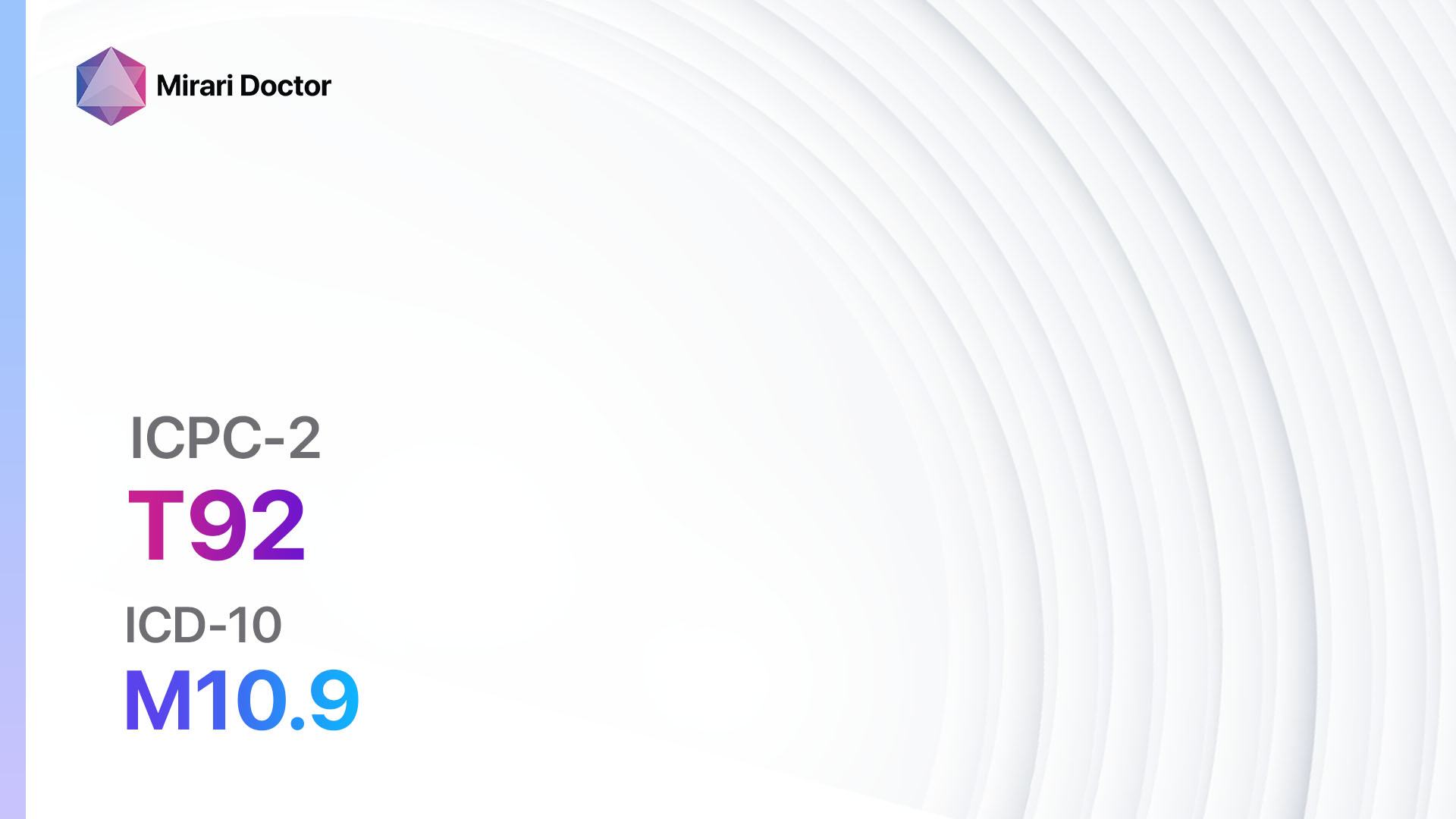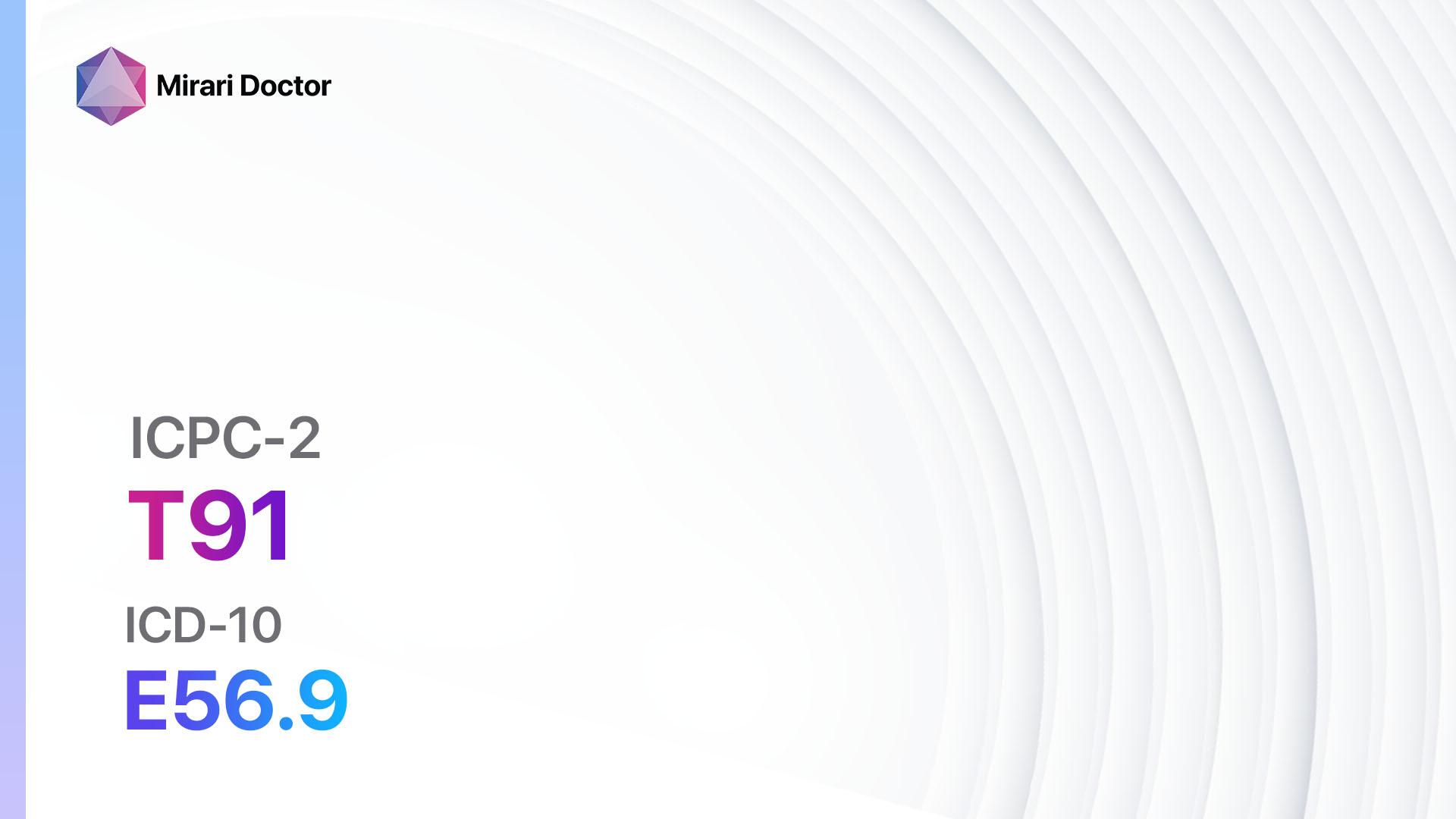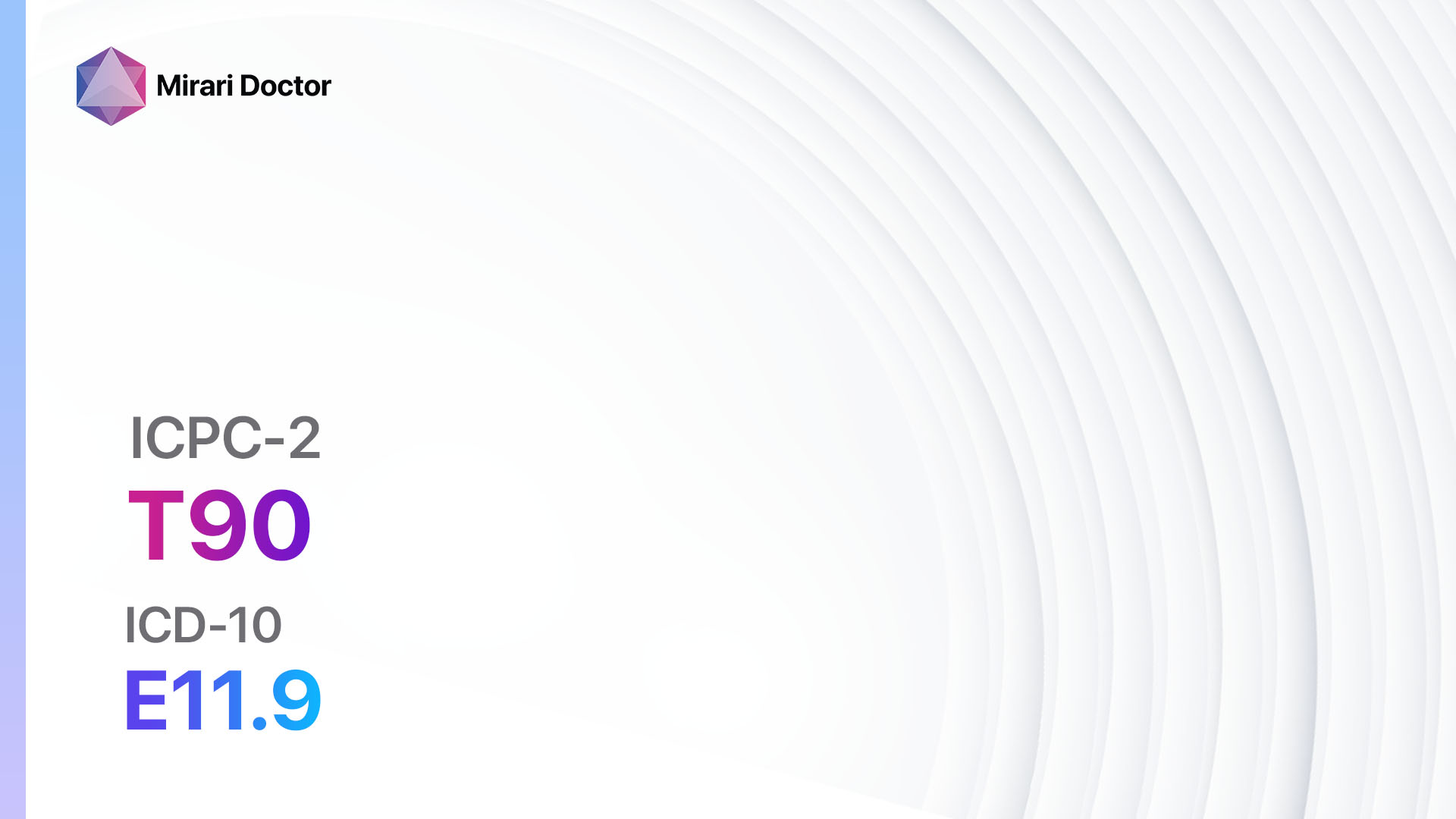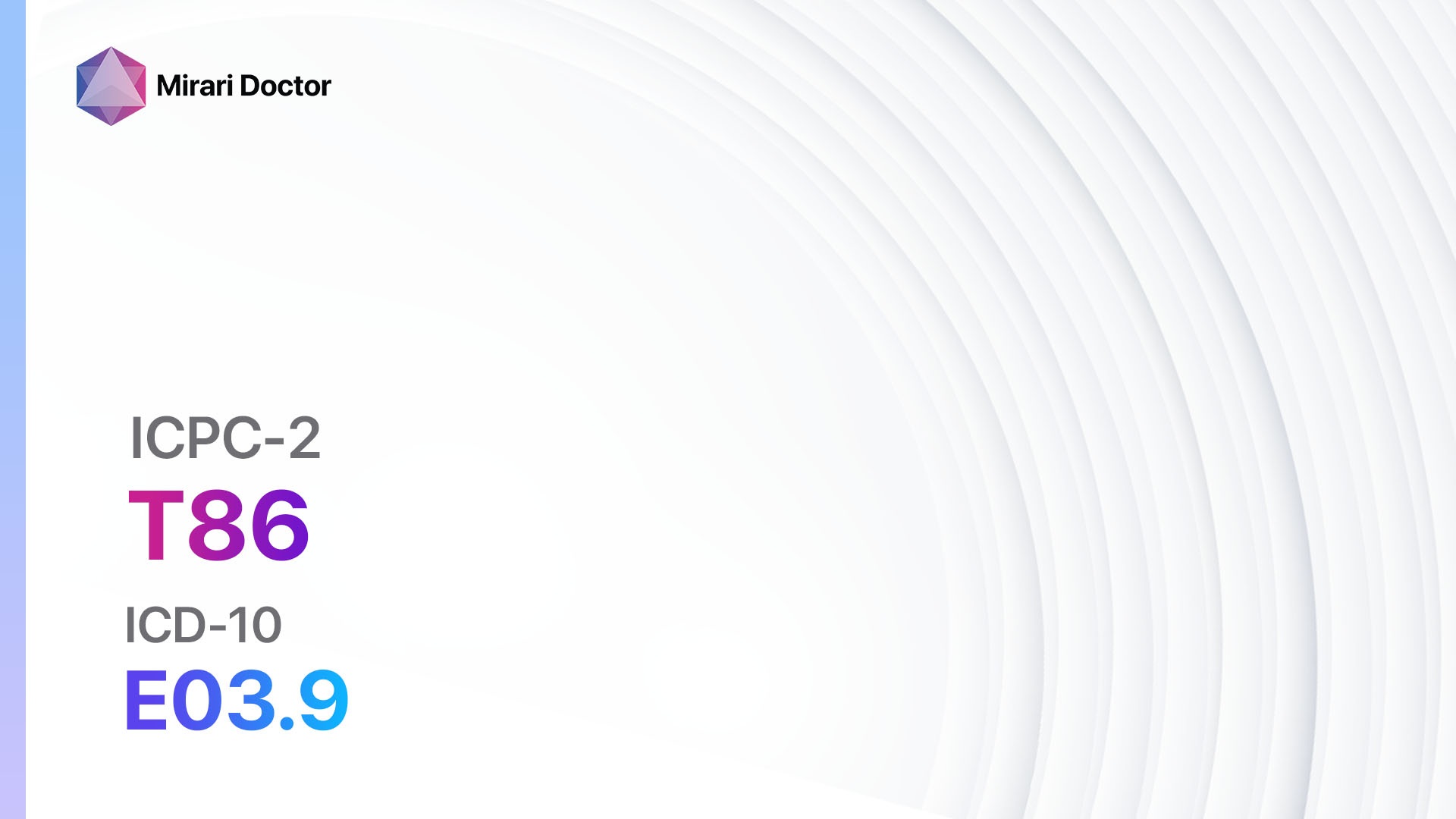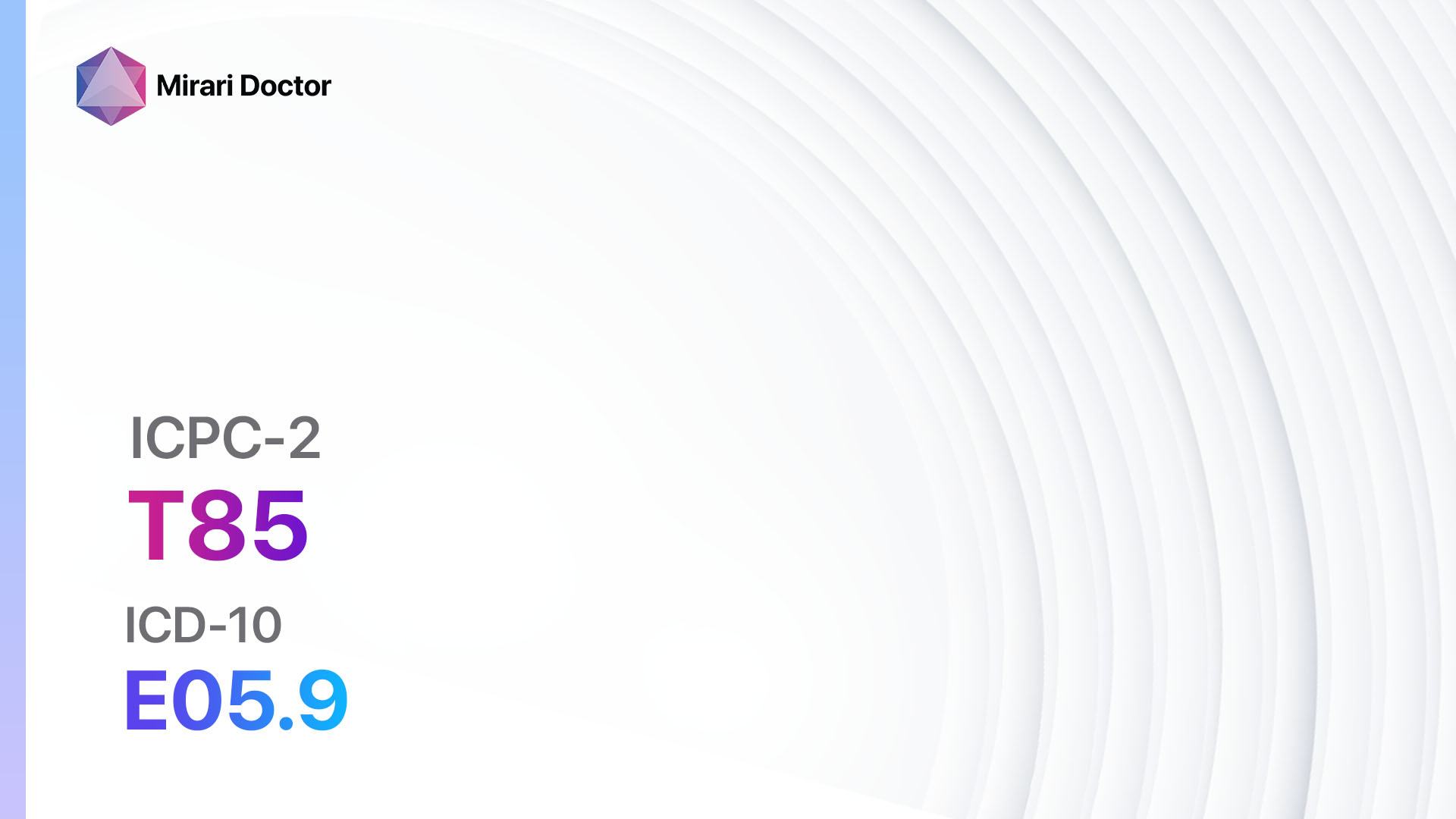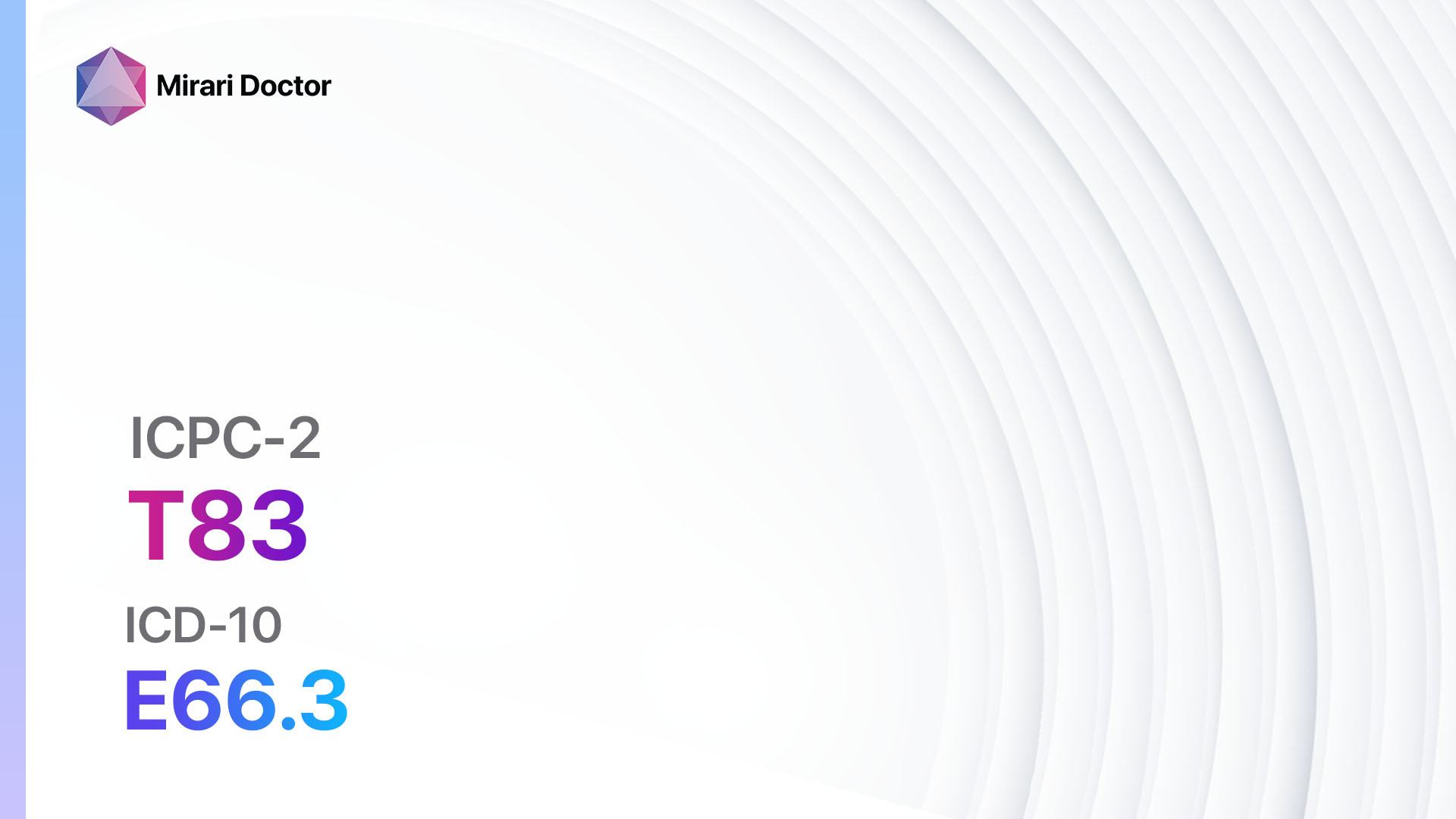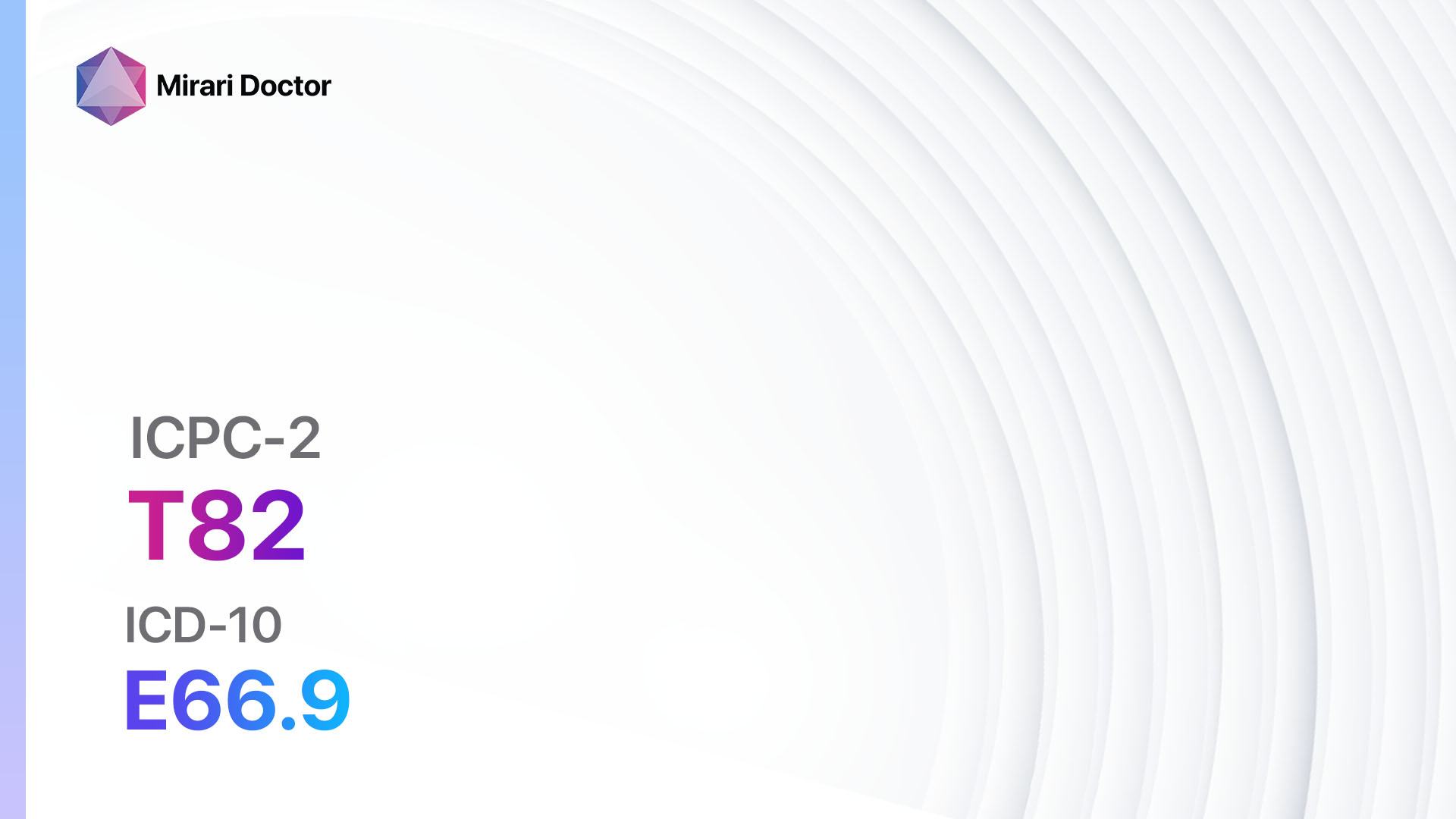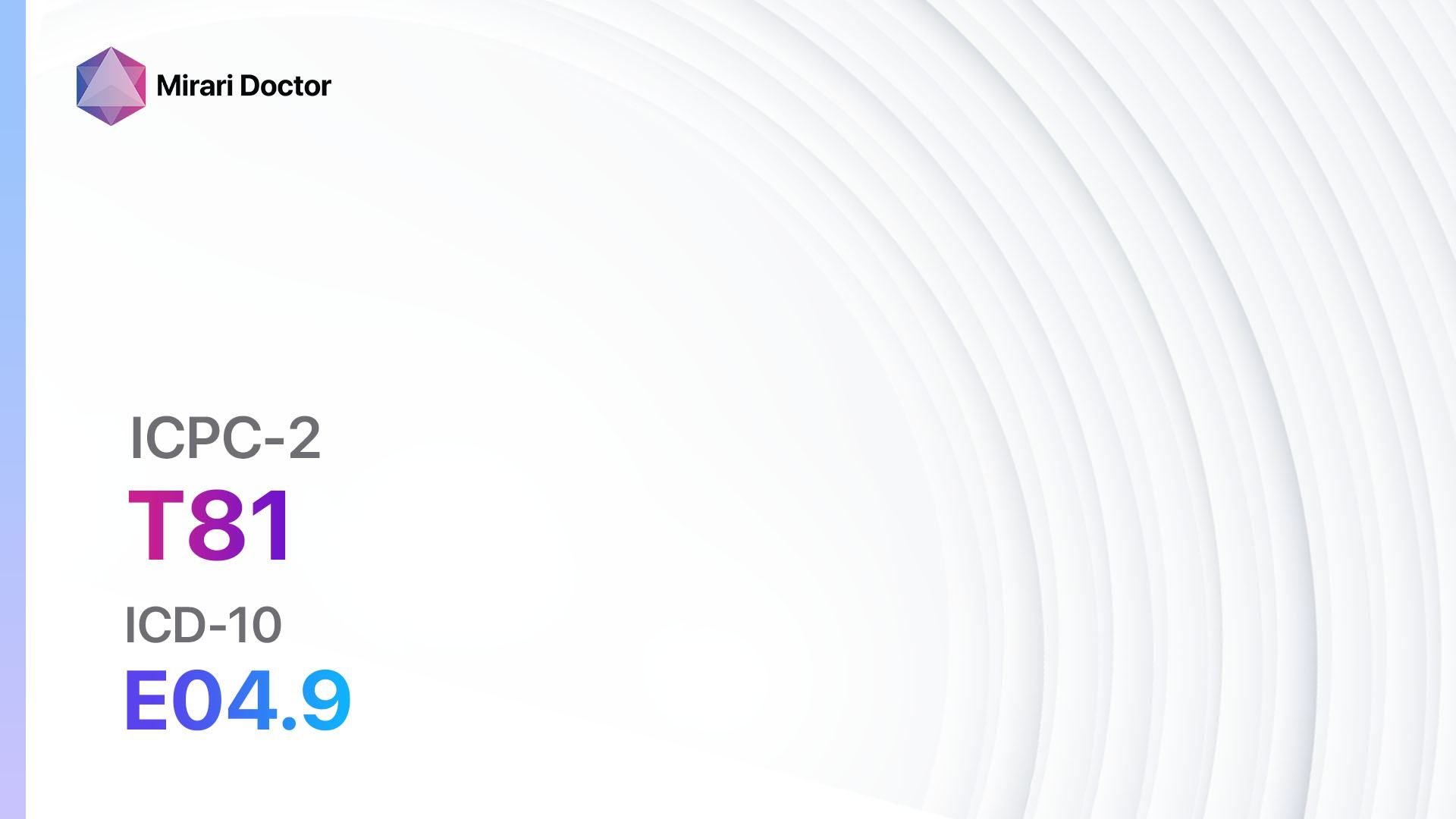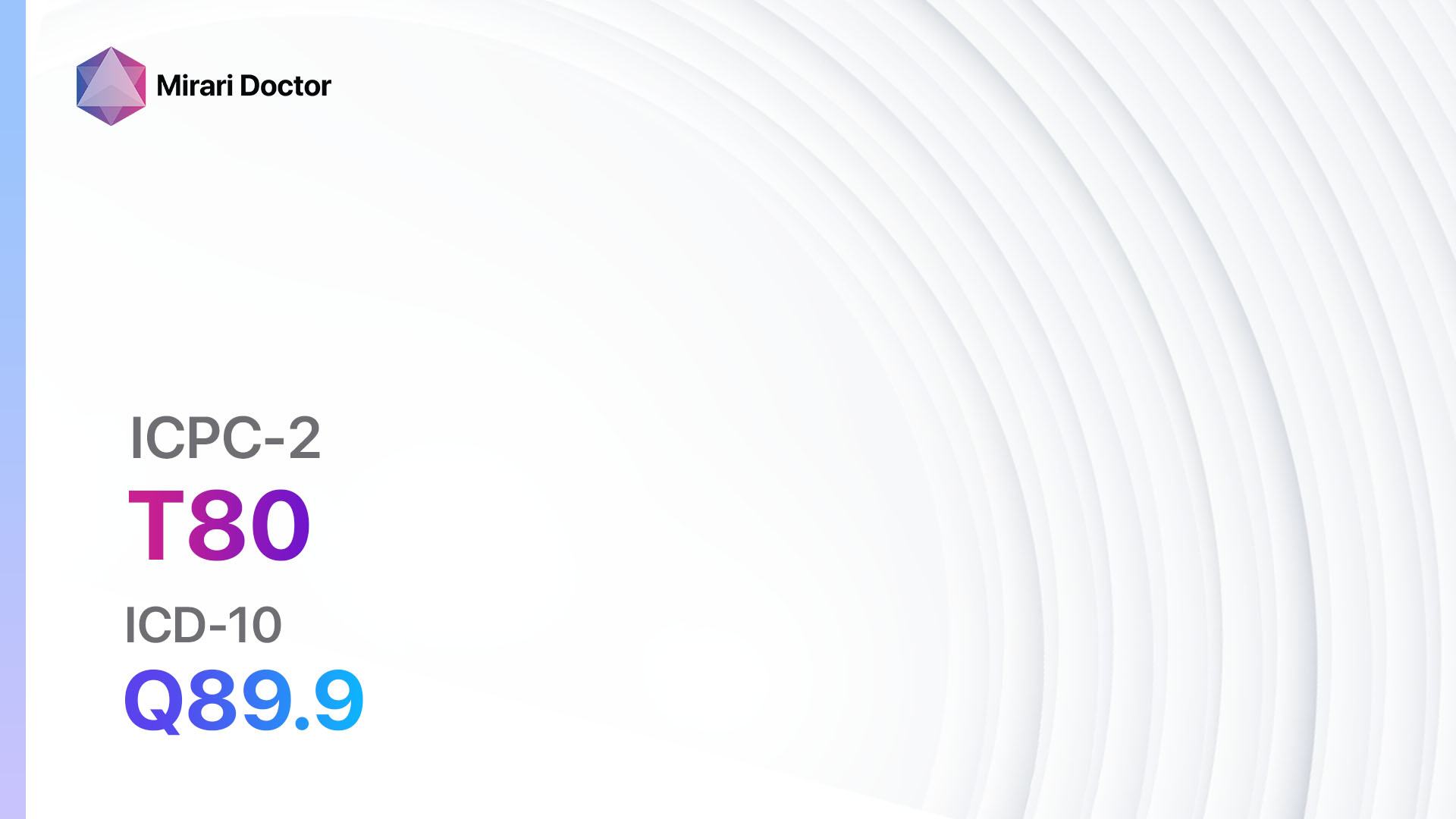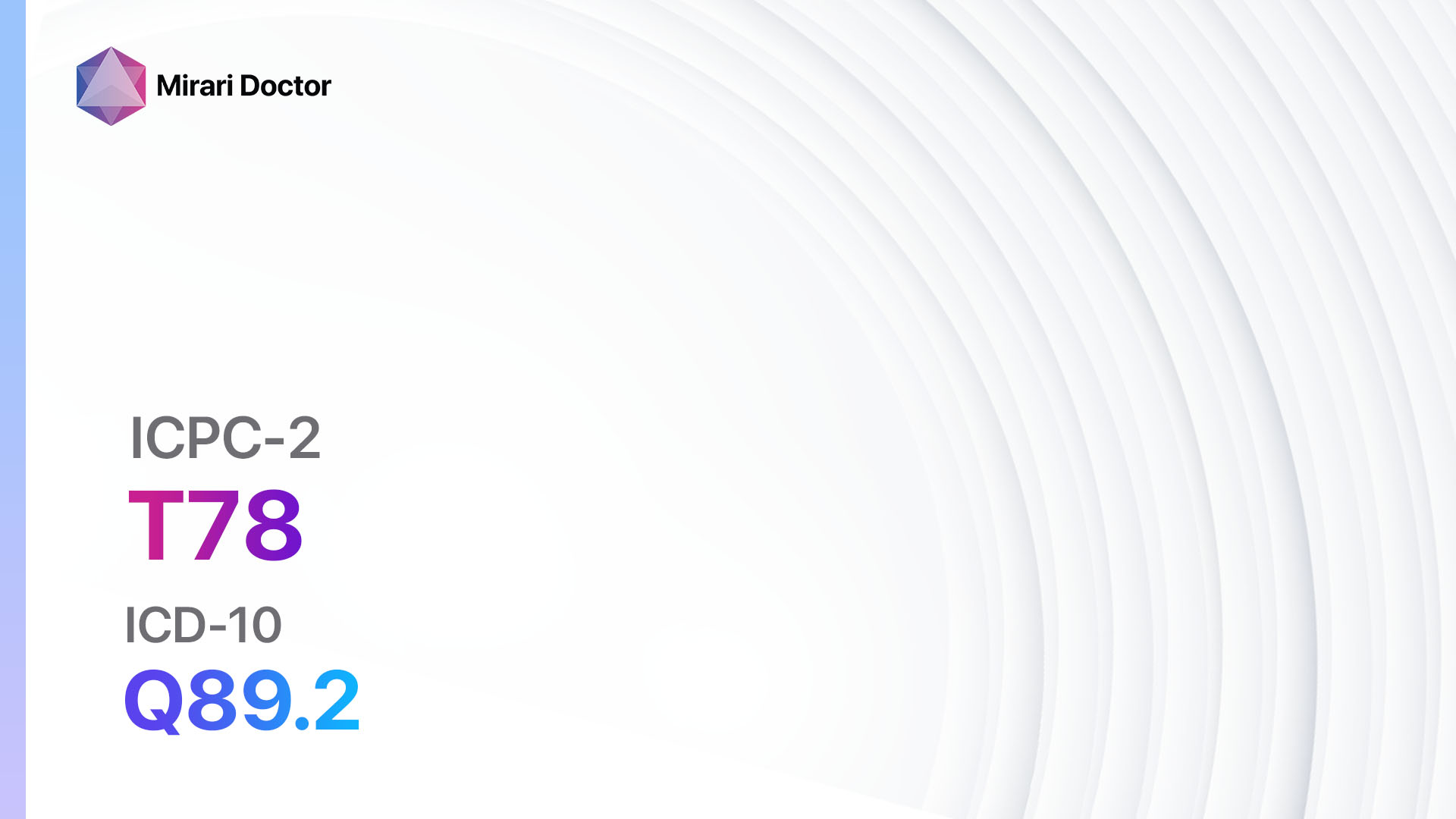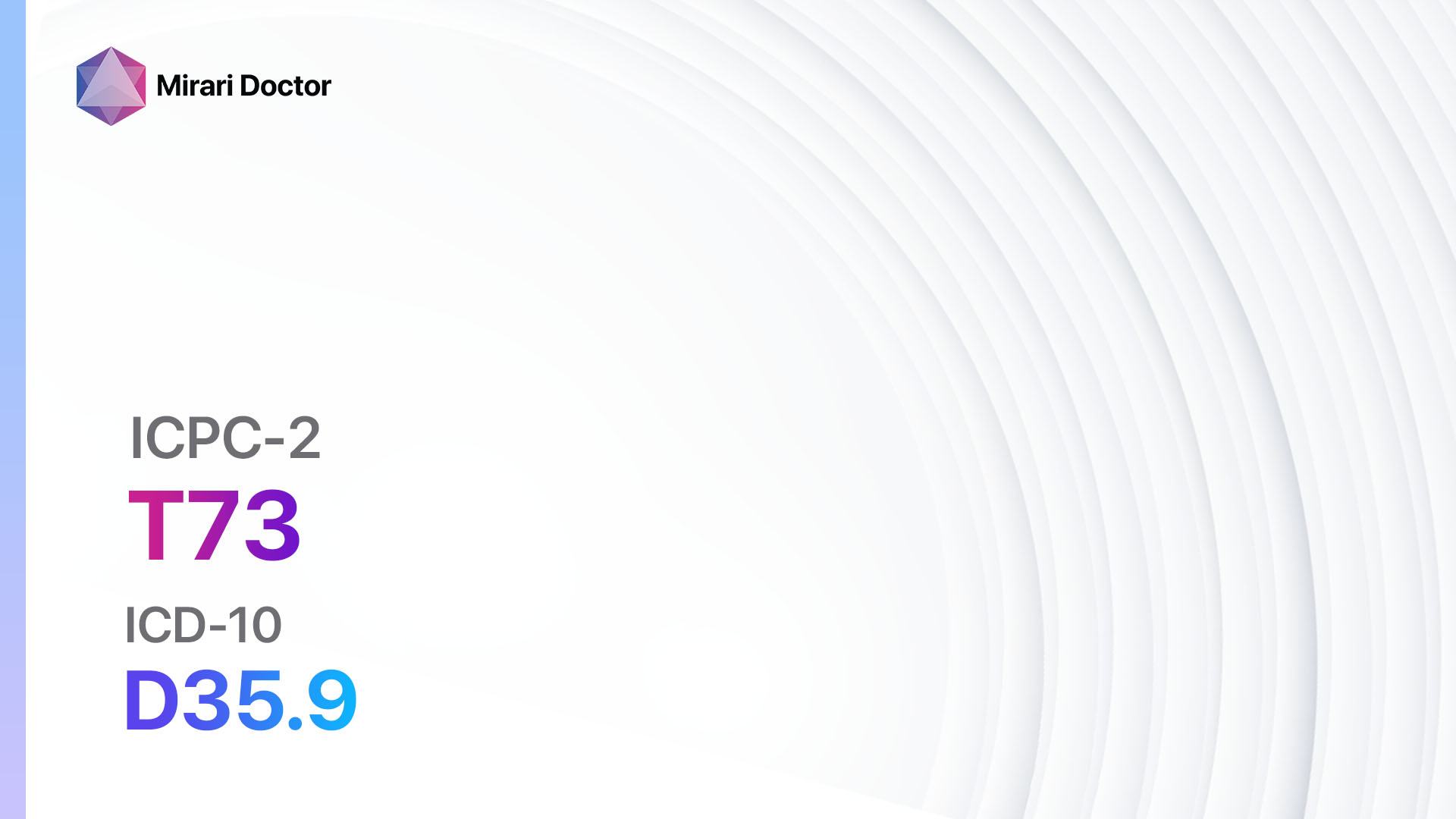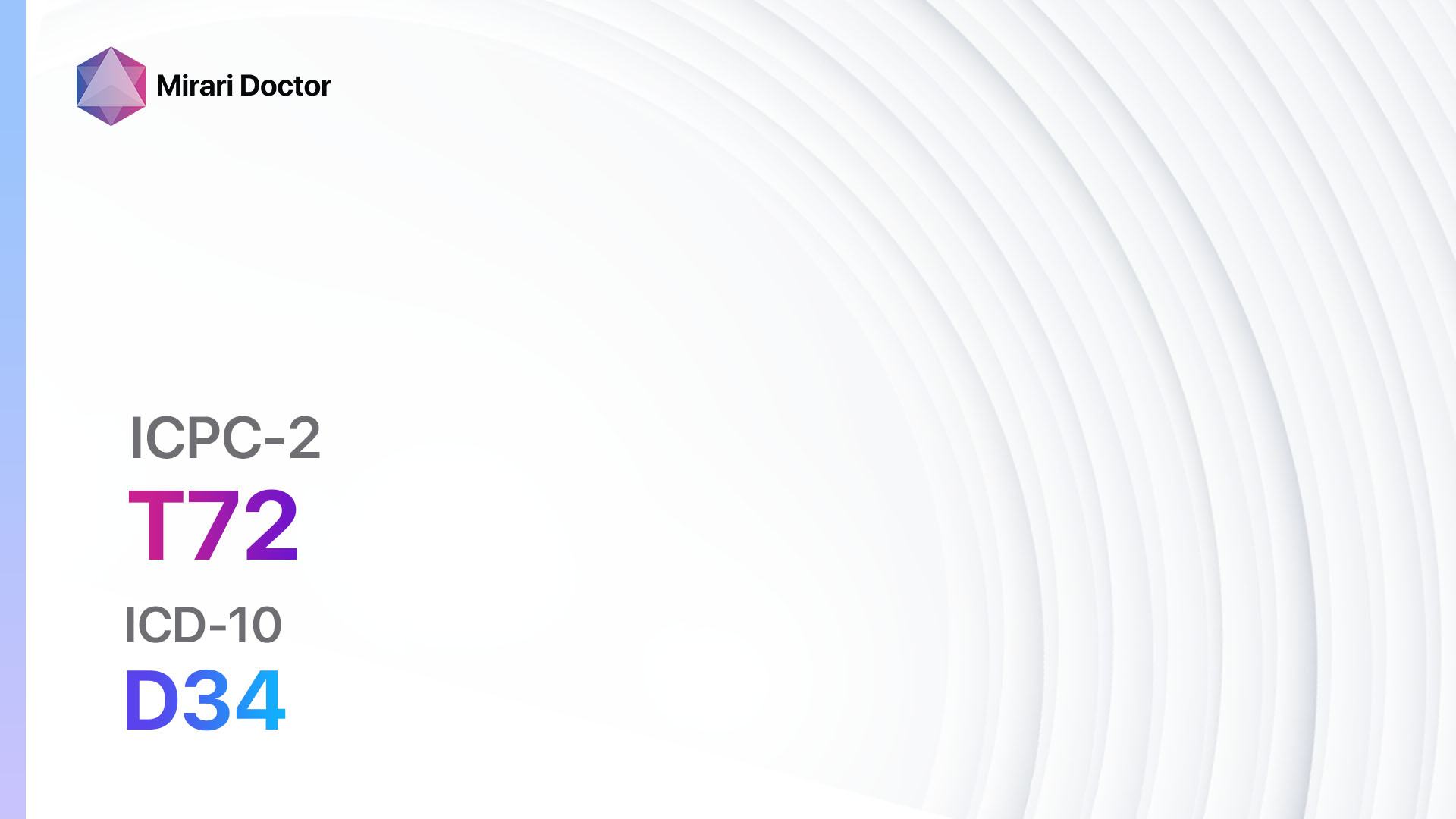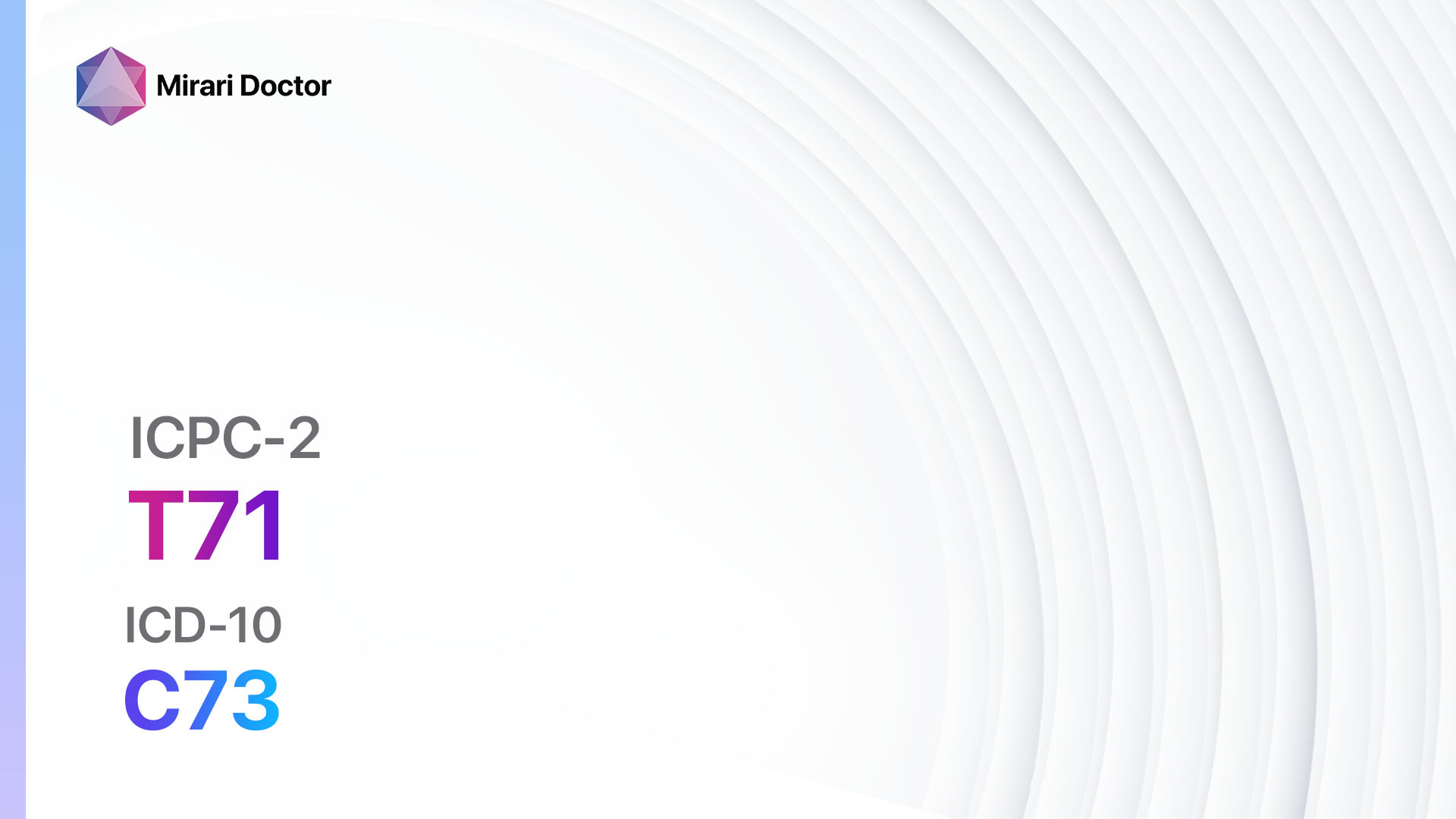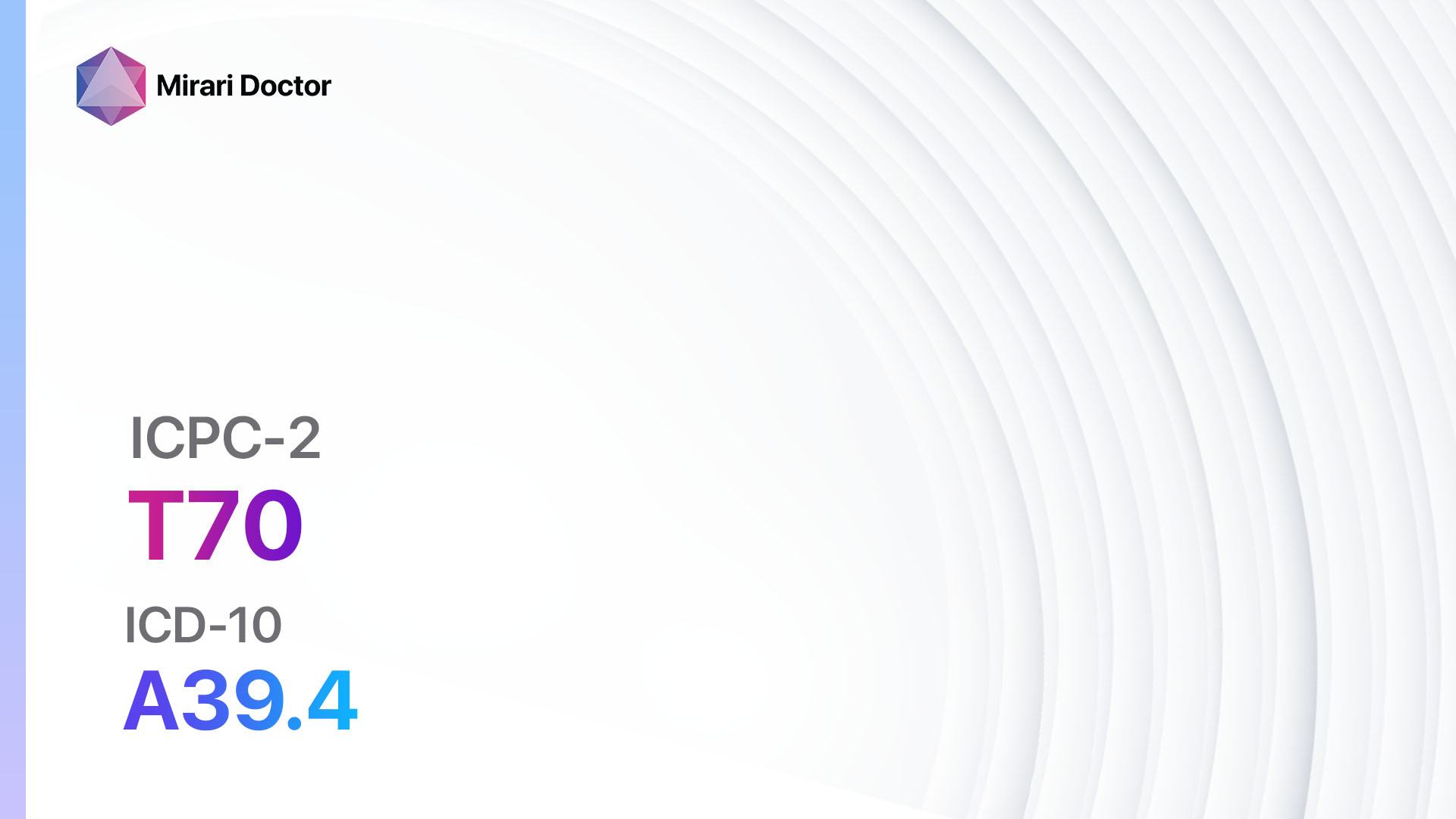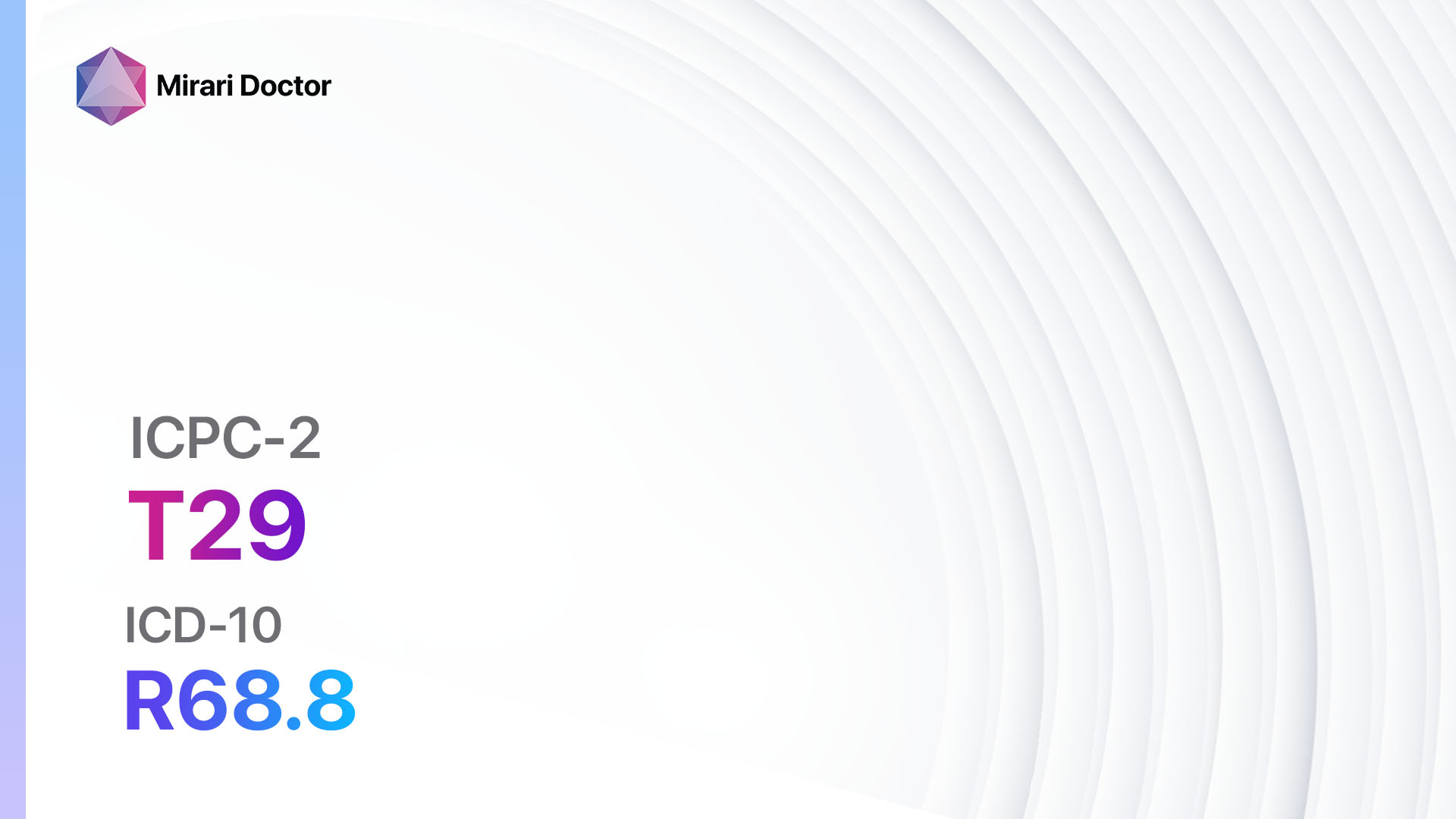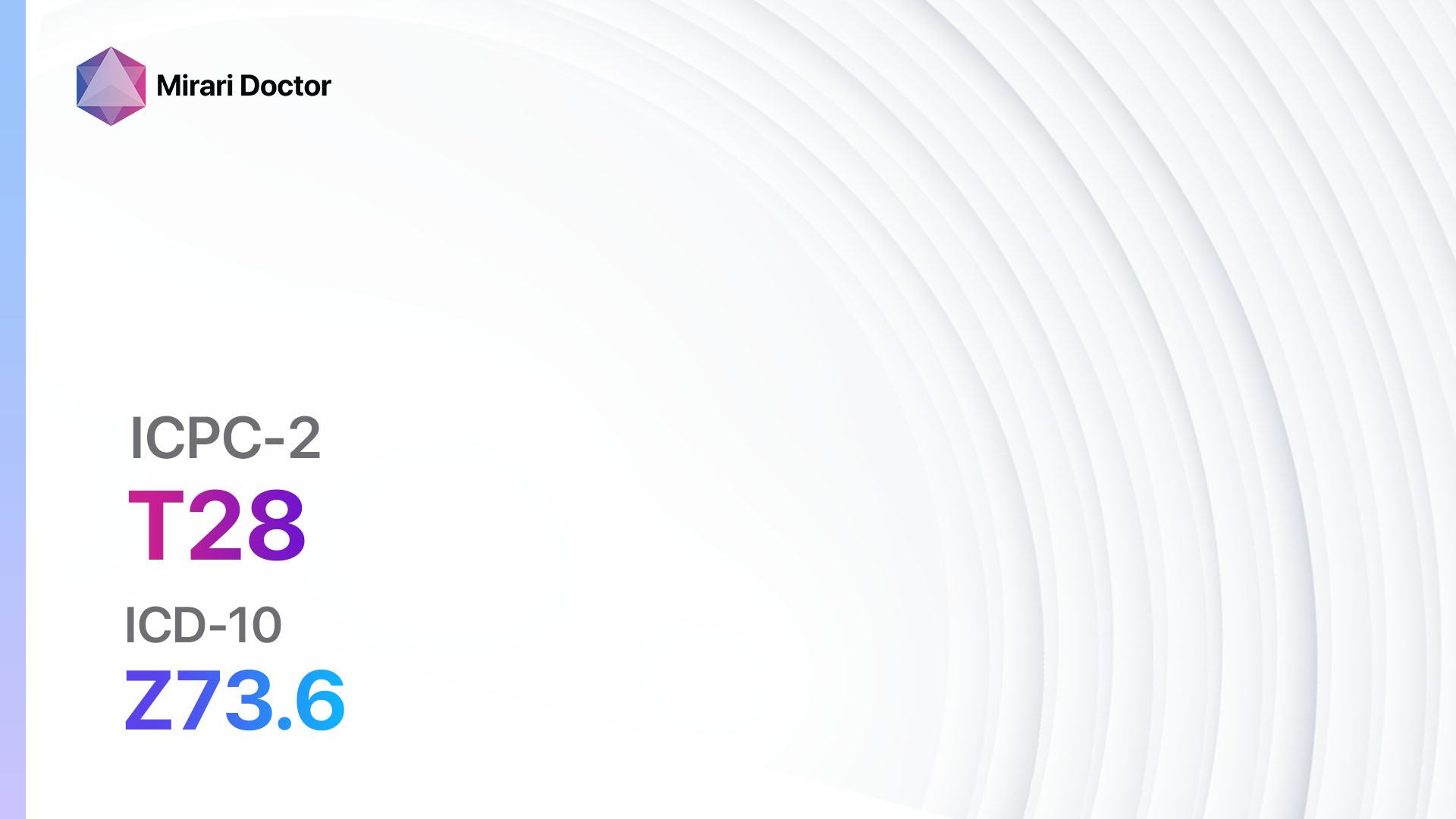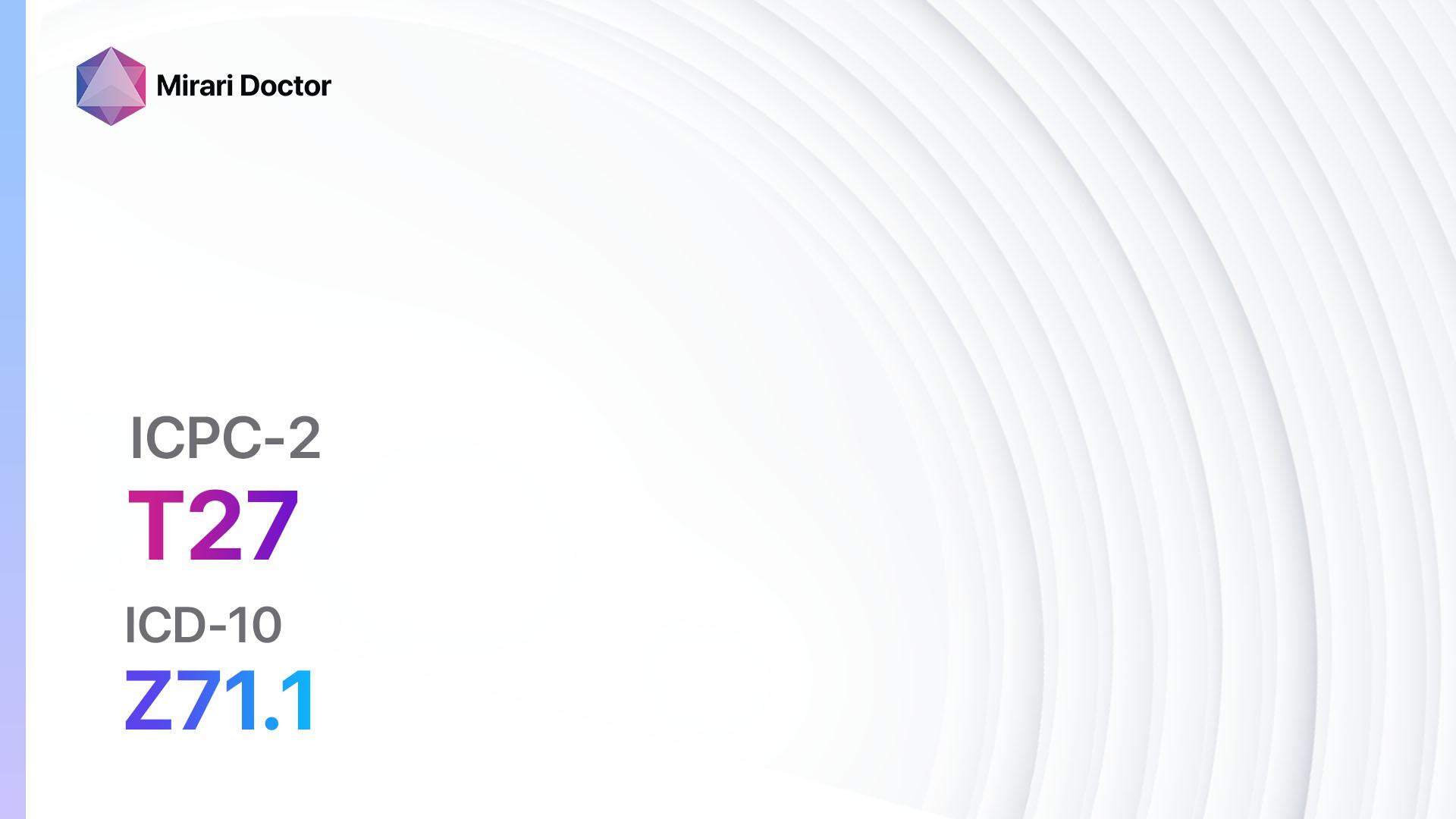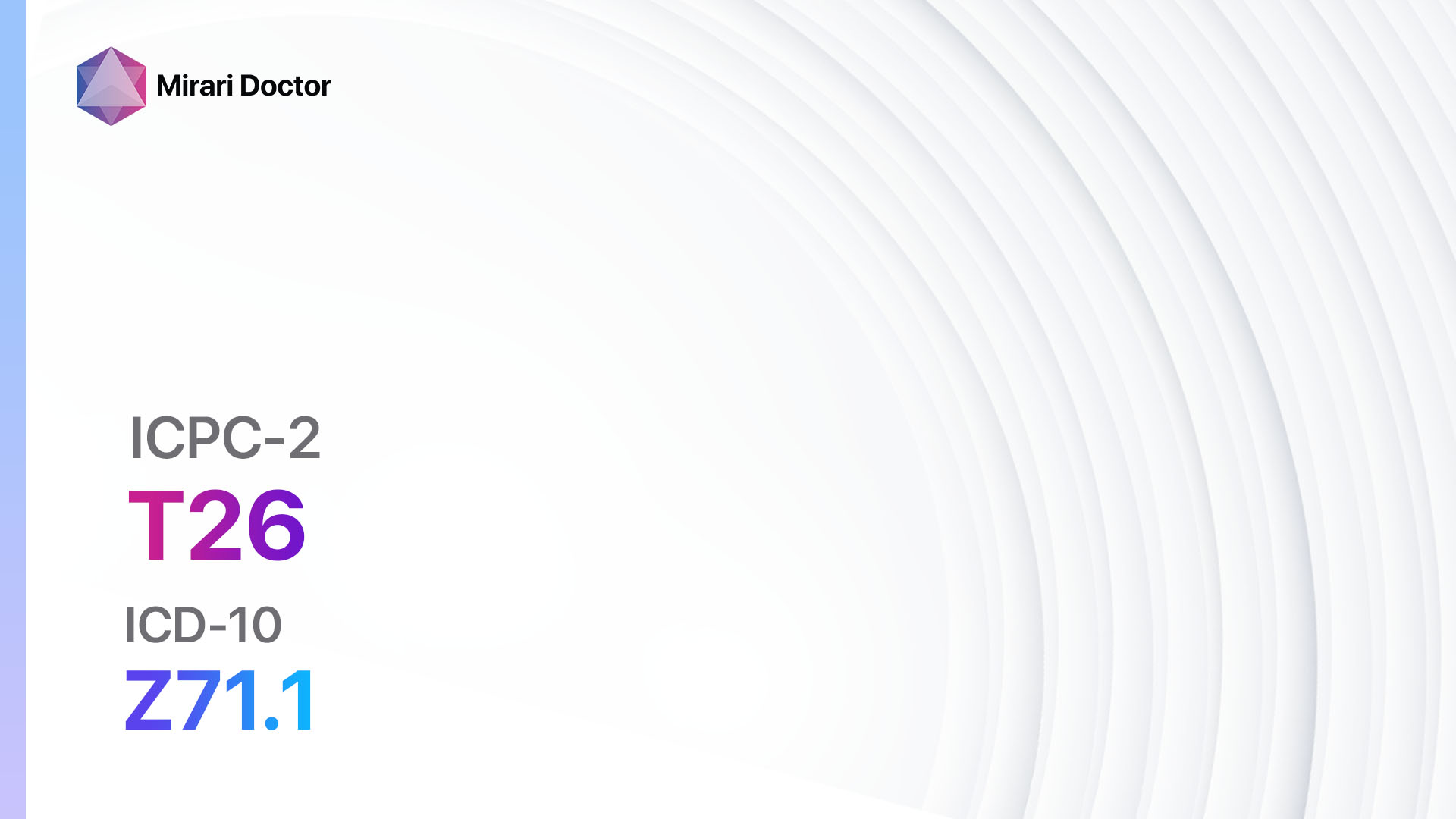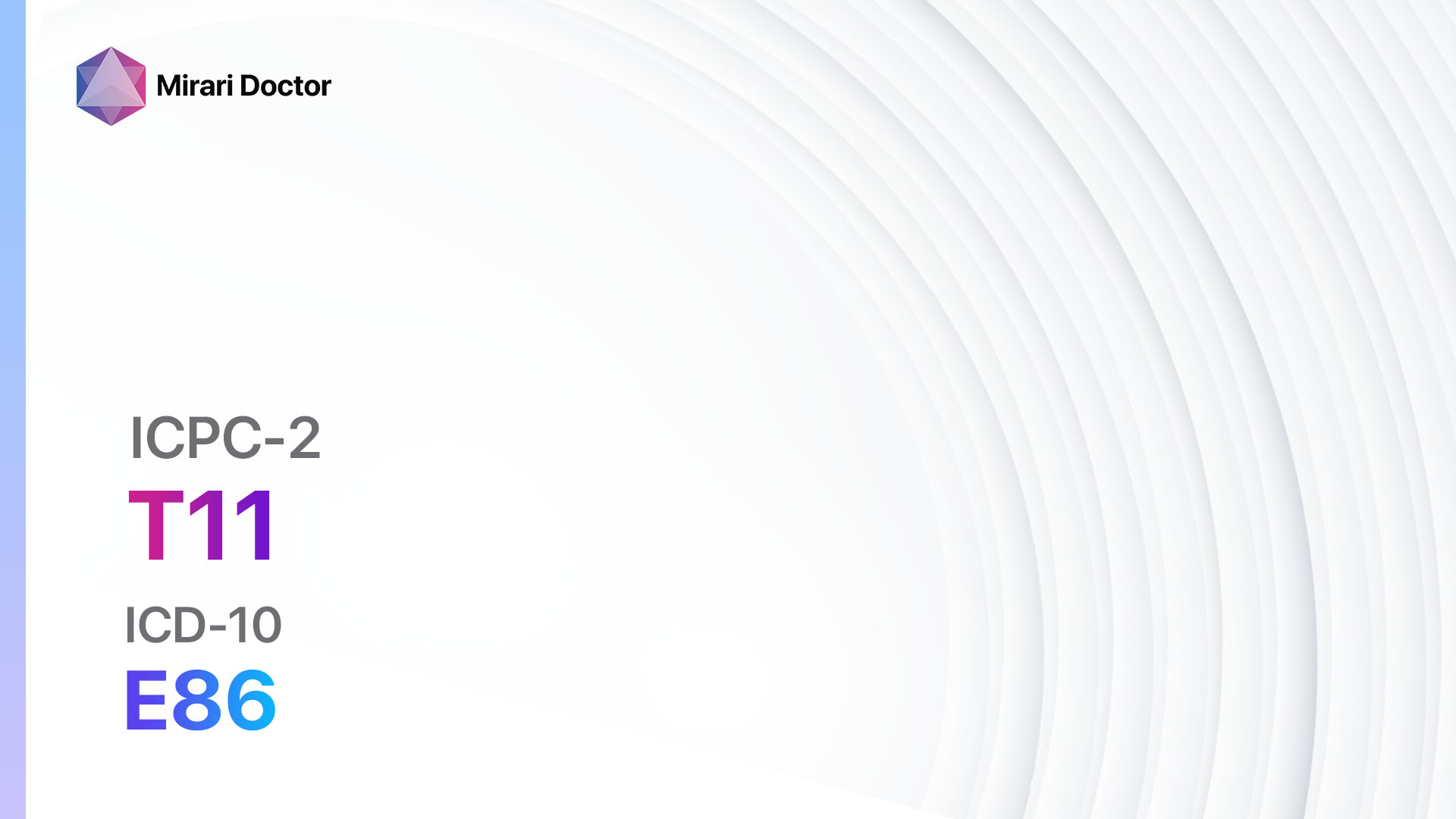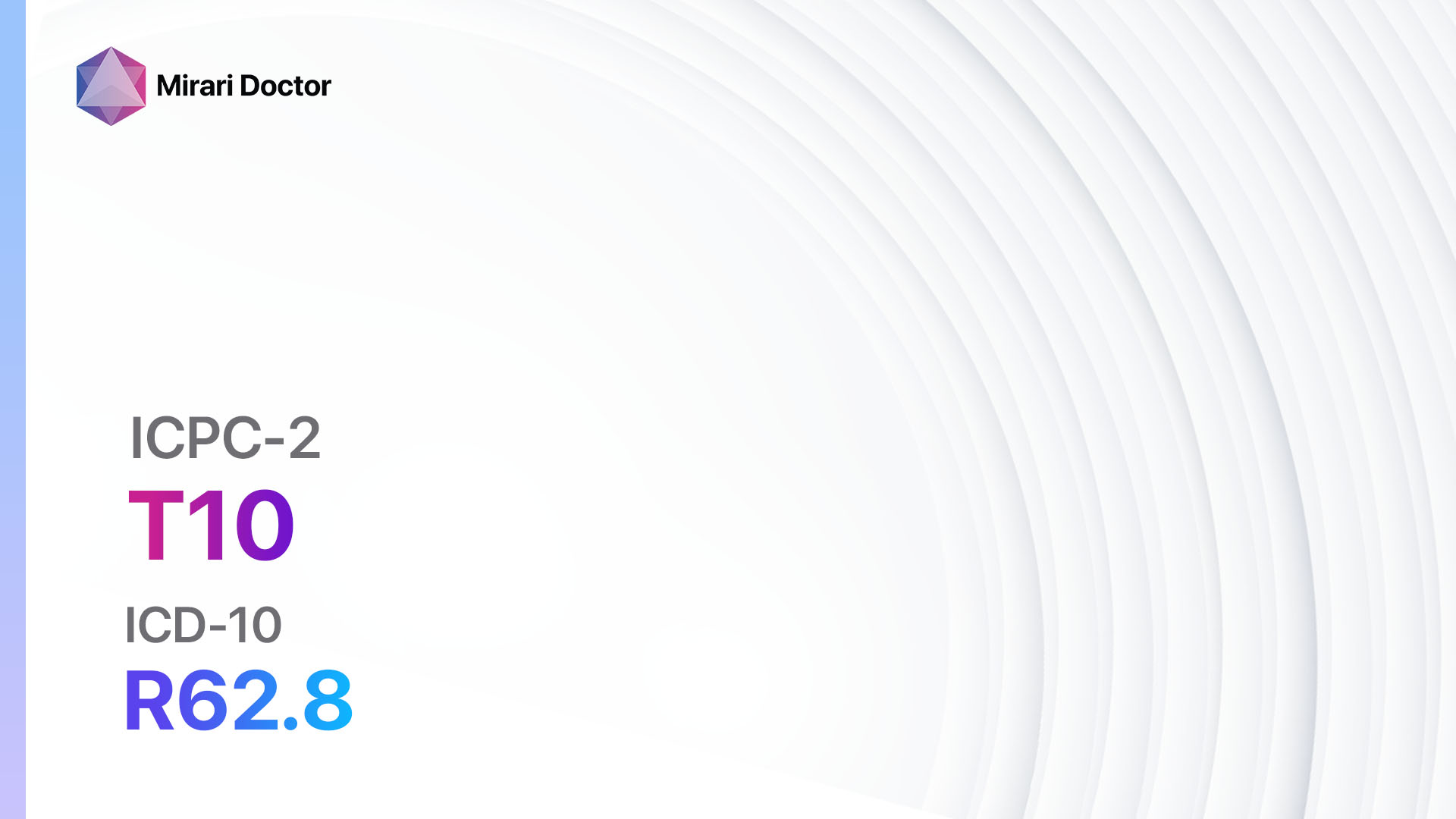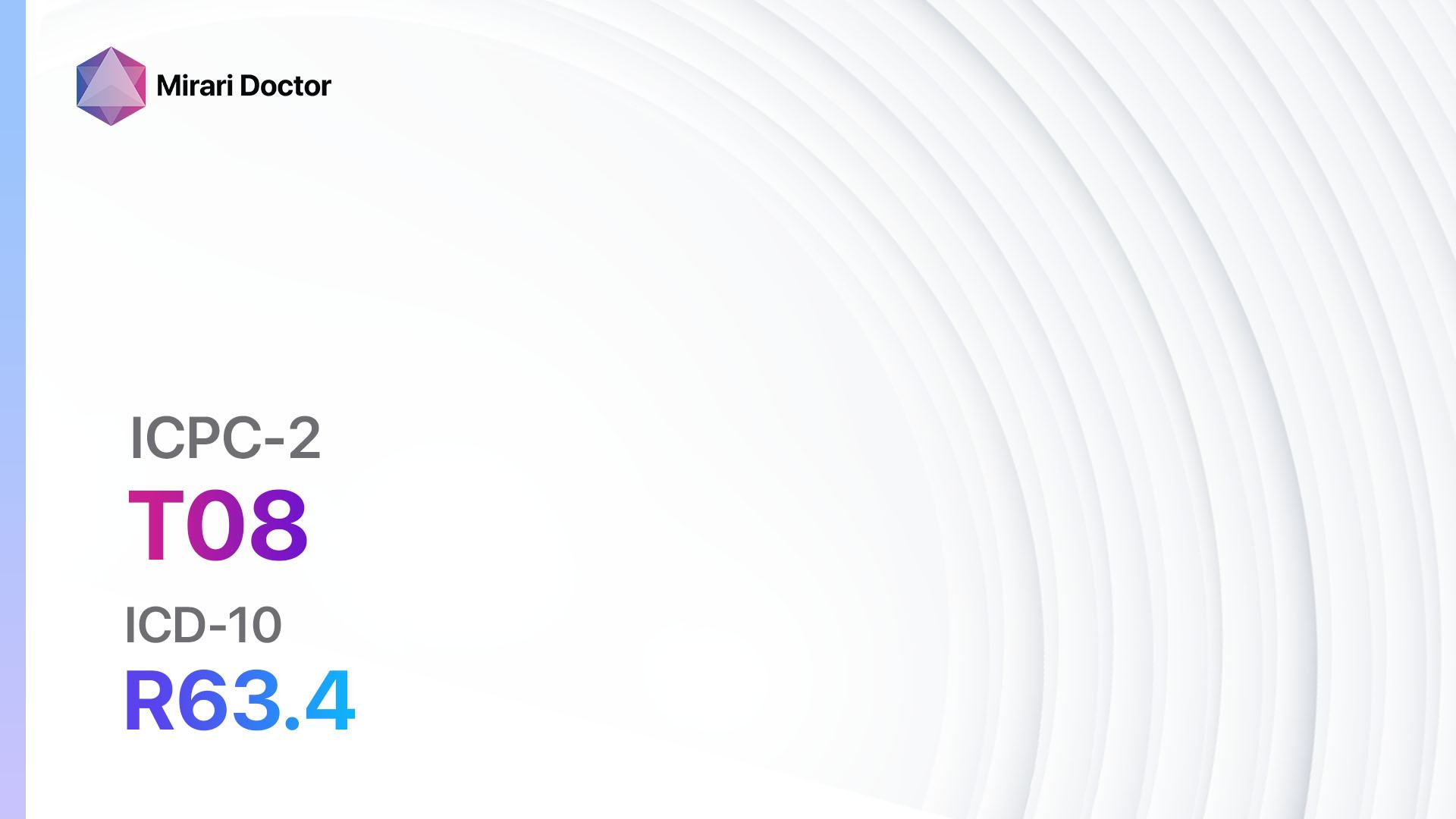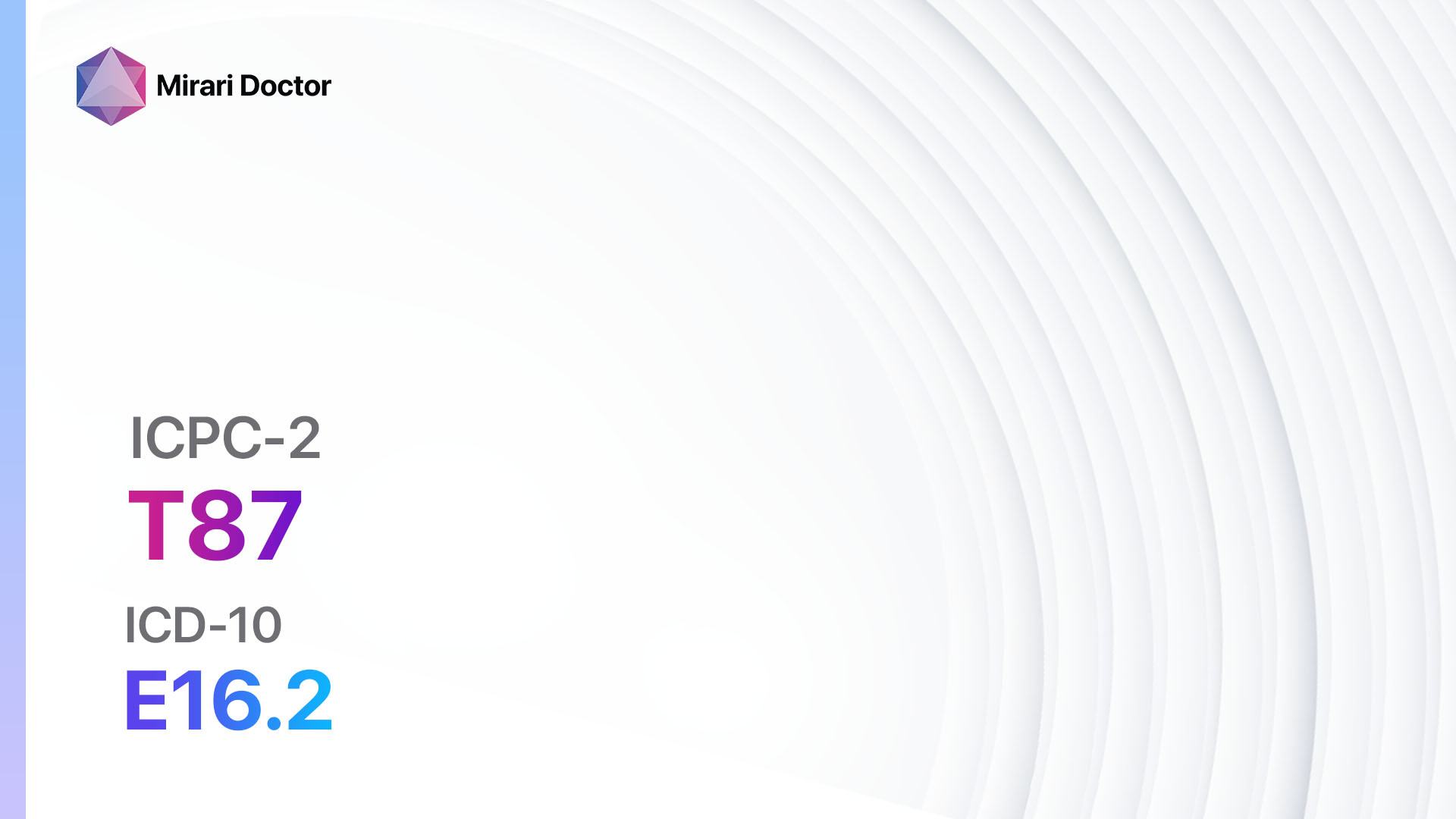
Introduction
Hypoglycaemia is a condition characterized by abnormally low blood sugar levels. It can occur in individuals with diabetes who take insulin or certain oral medications, as well as in individuals without diabetes[1]. Hypoglycaemia can have serious consequences if left untreated, including seizures, loss of consciousness, and even death[2]. The aim of this guide is to provide healthcare professionals with a comprehensive overview of the diagnosis and management of hypoglycaemia.
Codes
Symptoms
- Sweating: Excessive sweating, especially at night[3].
- Shakiness: Tremors or shaking, often accompanied by weakness.
- Dizziness: Feeling lightheaded or dizzy.
- Hunger: Increased appetite or sudden hunger.
- Confusion: Difficulty concentrating or confusion.
- Irritability: Mood changes, irritability, or anxiety.
- Headache: Headaches, often accompanied by blurred vision.
- Fatigue: Feeling tired or fatigued.
- Palpitations: Rapid heartbeat or palpitations.
- Seizures: In severe cases, seizures may occur[4].
Causes
- Diabetes medication: Taking too much insulin or certain oral diabetes medications can cause hypoglycaemia[5].
- Delayed or missed meals: Not eating enough or skipping meals can lead to low blood sugar levels.
- Excessive alcohol consumption: Alcohol can interfere with the liver’s ability to release stored glucose, leading to hypoglycaemia[6].
- Increased physical activity: Engaging in intense physical activity without adjusting medication or food intake can cause low blood sugar levels.
- Medical conditions: Certain medical conditions, such as liver or kidney disease, can affect glucose regulation and lead to hypoglycaemia[7].
Diagnostic Steps
Medical History
- Gather information about the patient’s medical history, including any previous episodes of hypoglycaemia, diabetes diagnosis, and current medications.
- Inquire about the patient’s eating habits, alcohol consumption, and physical activity levels.
- Assess for any underlying medical conditions that may contribute to hypoglycaemia[8].
Physical Examination
- Perform a thorough physical examination, paying special attention to signs of hypoglycaemia such as sweating, tremors, and rapid heartbeat.
- Check for any signs of underlying medical conditions that may be causing or contributing to hypoglycaemia.
Laboratory Tests
- Fasting blood glucose test: Measures the patient’s blood sugar level after an overnight fast.
- Oral glucose tolerance test: Evaluates the body’s ability to regulate blood sugar levels after consuming a glucose solution.
- Glycated hemoglobin (HbA1c) test: Provides an average blood sugar level over the past 2-3 months.
- Insulin and C-peptide levels: Measures the levels of insulin and C-peptide in the blood to assess insulin production and secretion.
- Liver and kidney function tests: Checks for any abnormalities in liver or kidney function that may contribute to hypoglycaemia[9].
Diagnostic Imaging
- Imaging studies such as CT scans or MRIs may be necessary to evaluate the presence of any structural abnormalities in the brain that may be causing hypoglycaemia[10].
Other Tests
- Continuous glucose monitoring: In some cases, a continuous glucose monitoring system may be used to track blood sugar levels over a period of time.
- Glucagon stimulation test: Measures the body’s response to glucagon, a hormone that raises blood sugar levels.
Follow-up and Patient Education
- Schedule regular follow-up appointments to monitor the patient’s blood sugar levels and adjust treatment as needed.
- Educate the patient about the signs and symptoms of hypoglycaemia, as well as how to manage and prevent future episodes.
Possible Interventions
Traditional Interventions
Medications:
Top 5 drugs for Hypoglycaemia:
- Glucagon:
- Cost: $300-$500 per kit.
- Contraindications: Known hypersensitivity to glucagon.
- Side effects: Nausea, vomiting, and allergic reactions.
- Severe side effects: Hypersensitivity reactions.
- Drug interactions: None reported.
- Warning: Glucagon should be used with caution in patients with pheochromocytoma or insulinoma.
- Diazoxide:
- Cost: $100-$200 per month.
- Contraindications: Known hypersensitivity to diazoxide, hypotension, and fluid retention.
- Side effects: Fluid retention, hyperglycemia, and gastrointestinal disturbances.
- Severe side effects: Hypotension, heart failure, and liver dysfunction.
- Drug interactions: None reported.
- Warning: Diazoxide should be used with caution in patients with hepatic impairment.
- Octreotide:
- Cost: $500-$1000 per month.
- Contraindications: Known hypersensitivity to octreotide and cholelithiasis.
- Side effects: Abdominal pain, diarrhea, and nausea.
- Severe side effects: Bradycardia, arrhythmias, and hyperglycemia.
- Drug interactions: None reported.
- Warning: Octreotide should be used with caution in patients with cardiac arrhythmias.
- Dextrose:
- Cost: $10-$50 per vial.
- Contraindications: Known hypersensitivity to dextrose and severe dehydration.
- Side effects: Hyperglycemia, fluid overload, and electrolyte disturbances.
- Severe side effects: None reported.
- Drug interactions: None reported.
- Warning: Dextrose should be used with caution in patients with renal impairment.
- Methylprednisolone:
- Cost: $10-$50 per month.
- Contraindications: Known hypersensitivity to methylprednisolone, systemic fungal infections, and live vaccines.
- Side effects: Increased appetite, weight gain, and mood changes.
- Severe side effects: Adrenal suppression, osteoporosis, and increased risk of infection.
- Drug interactions: None reported.
- Warning: Methylprednisolone should be used with caution in patients with diabetes.
Alternative Drugs:
- Diazepam: May be used to treat hypoglycaemia-induced seizures.
- Propranolol: Can be used to prevent recurrent episodes of hypoglycaemia in certain cases.
- Acarbose: May be used to delay the absorption of carbohydrates and prevent postprandial hypoglycaemia.
- Somatostatin analogues: Can be used to inhibit insulin secretion and prevent hypoglycaemia in certain cases.
- Prednisolone: May be used in cases of hypoglycaemia due to adrenal insufficiency.
Surgical Procedures:
- Pancreatectomy: Surgical removal of part or all of the pancreas may be considered in cases of insulinoma or other pancreatic tumors causing hypoglycaemia.
- Islet cell transplantation: In some cases, islet cells from a donor pancreas may be transplanted into the patient to restore normal insulin production.
Alternative Interventions
- Acupuncture: May help regulate blood sugar levels and improve overall well-being. Cost: $60-$120 per session.
- Yoga and meditation: Can help reduce stress levels and promote overall health. Cost: Varies depending on the location and instructor.
- Herbal supplements: Certain herbs, such as ginseng and cinnamon, may have potential benefits for managing blood sugar levels. Cost: Varies depending on the specific supplement.
- Dietary modifications: Following a balanced diet with regular meals and snacks can help prevent hypoglycaemia. Cost: Varies depending on individual food choices.
- Regular exercise: Engaging in regular physical activity can help improve insulin sensitivity and prevent hypoglycaemia. Cost: Varies depending on individual preferences and gym memberships.
Lifestyle Interventions
- Regular blood sugar monitoring: Regularly checking blood sugar levels can help identify and prevent episodes of hypoglycaemia. Cost: Varies depending on the type of glucose monitoring device.
- Balanced meals and snacks: Eating regular meals and snacks that include a combination of carbohydrates, protein, and healthy fats can help maintain stable blood sugar levels. Cost: Varies depending on individual food choices.
- Alcohol moderation: Limiting alcohol consumption or avoiding it altogether can help prevent alcohol-induced hypoglycaemia. Cost: Varies depending on individual preferences.
- Stress management: Finding healthy ways to manage stress, such as through exercise, meditation, or therapy, can help prevent stress-induced hypoglycaemia. Cost: Varies depending on individual preferences and therapy options.
- Patient education: Providing patients with education about hypoglycaemia, its causes, and how to manage it can empower them to take control of their condition. Cost: Varies depending on educational resources and materials.
It is important to note that the cost ranges provided are approximate and may vary depending on the location and availability of the interventions.
Mirari Cold Plasma Alternative Intervention
Understanding Mirari Cold Plasma
- Safe and Non-Invasive Treatment: Mirari Cold Plasma is a safe and non-invasive treatment option for various skin conditions. It does not require incisions, minimizing the risk of scarring, bleeding, or tissue damage.
- Efficient Extraction of Foreign Bodies: Mirari Cold Plasma facilitates the removal of foreign bodies from the skin by degrading and dissociating organic matter, allowing easier access and extraction.
- Pain Reduction and Comfort: Mirari Cold Plasma has a local analgesic effect, providing pain relief during the treatment, making it more comfortable for the patient.
- Reduced Risk of Infection: Mirari Cold Plasma has antimicrobial properties, effectively killing bacteria and reducing the risk of infection.
- Accelerated Healing and Minimal Scarring: Mirari Cold Plasma stimulates wound healing and tissue regeneration, reducing healing time and minimizing the formation of scars.
Mirari Cold Plasma Prescription
Video instructions for using Mirari Cold Plasma Device – T87 Hypoglycaemia (ICD-10:E16.2)
| Mild | Moderate | Severe |
| Mode setting: 2 (Wound Healing) Location: 6 (Throat, Lymphatic & Thyroid) Morning: 15 minutes, Evening: 15 minutes |
Mode setting: 2 (Wound Healing) Location: 6 (Throat, Lymphatic & Thyroid) Morning: 30 minutes, Lunch: 30 minutes, Evening: 30 minutes |
Mode setting: 2 (Wound Healing) Location: 6 (Throat, Lymphatic & Thyroid) Morning: 30 minutes, Lunch: 30 minutes, Evening: 30 minutes |
| Mode setting: 4 (Diabetes Therapy) Location: 4 (Heart, Bile & Pancreas) Morning: 15 minutes, Evening: 15 minutes |
Mode setting: 4 (Diabetes Therapy) Location: 4 (Heart, Bile & Pancreas) Morning: 30 minutes, Lunch: 30 minutes, Evening: 30 minutes |
Mode setting: 4 (Diabetes Therapy) Location: 4 (Heart, Bile & Pancreas) Morning: 30 minutes, Lunch: 30 minutes, Evening: 30 minutes |
| Mode setting: 7 (Immunotherapy) Location: 1 (Sacrum) Morning: 15 minutes, Evening: 15 minutes |
Mode setting: 7 (Immunotherapy) Location: 1 (Sacrum) Morning: 30 minutes, Lunch: 30 minutes, Evening: 30 minutes |
Mode setting: 7 (Immunotherapy) Location: 1 (Sacrum) Morning: 30 minutes, Lunch: 30 minutes, Evening: 30 minutes |
| Mode setting: 7 (Immunotherapy) Location: 7 (Neuro system & ENT) Morning: 15 minutes, Evening: 15 minutes |
Mode setting: 7 (Immunotherapy) Location: 7 (Neuro system & ENT) Morning: 30 minutes, Lunch: 30 minutes, Evening: 30 minutes |
Mode setting: 7 (Immunotherapy) Location: 7 (Neuro system & ENT) Morning: 30 minutes, Lunch: 30 minutes, Evening: 30 minutes |
| Total Morning: 60 minutes approx. $10 USD, Evening: 60 minutes approx. $10 USD |
Total Morning: 120 minutes approx. $20 USD, Lunch: 120 minutes approx. $20 USD, Evening: 120 minutes approx. $20 USD, |
Total Morning: 120 minutes approx. $20 USD, Lunch: 120 minutes approx. $20 USD, Evening: 120 minutes approx. $20 USD, |
| Usual treatment for 7-60 days approx. $140 USD – $1200 USD | Usual treatment for 6-8 weeks approx. $2,520 USD – $3,360 USD |
Usual treatment for 3-6 months approx. $5,400 USD – $10,800 USD
|
 |
|
Use the Mirari Cold Plasma device to treat Hypoglycaemia effectively.
WARNING: MIRARI COLD PLASMA IS DESIGNED FOR THE HUMAN BODY WITHOUT ANY ARTIFICIAL OR THIRD PARTY PRODUCTS. USE OF OTHER PRODUCTS IN COMBINATION WITH MIRARI COLD PLASMA MAY CAUSE UNPREDICTABLE EFFECTS, HARM OR INJURY. PLEASE CONSULT A MEDICAL PROFESSIONAL BEFORE COMBINING ANY OTHER PRODUCTS WITH USE OF MIRARI.
Step 1: Cleanse the Skin
- Start by cleaning the affected area of the skin with a gentle cleanser or mild soap and water. Gently pat the area dry with a clean towel.
Step 2: Prepare the Mirari Cold Plasma device
- Ensure that the Mirari Cold Plasma device is fully charged or has fresh batteries as per the manufacturer’s instructions. Make sure the device is clean and in good working condition.
- Switch on the Mirari device using the power button or by following the specific instructions provided with the device.
- Some Mirari devices may have adjustable settings for intensity or treatment duration. Follow the manufacturer’s instructions to select the appropriate settings based on your needs and the recommended guidelines.
Step 3: Apply the Device
- Place the Mirari device in direct contact with the affected area of the skin. Gently glide or hold the device over the skin surface, ensuring even coverage of the area experiencing.
- Slowly move the Mirari device in a circular motion or follow a specific pattern as indicated in the user manual. This helps ensure thorough treatment coverage.
Step 4: Monitor and Assess:
- Keep track of your progress and evaluate the effectiveness of the Mirari device in managing your Hypoglycaemia. If you have any concerns or notice any adverse reactions, consult with your health care professional.
Note
This guide is for informational purposes only and should not replace the advice of a medical professional. Always consult with your healthcare provider or a qualified medical professional for personal advice, diagnosis, or treatment. Do not solely rely on the information presented here for decisions about your health. Use of this information is at your own risk. The authors of this guide, nor any associated entities or platforms, are not responsible for any potential adverse effects or outcomes based on the content.
Mirari Cold Plasma System Disclaimer
- Purpose: The Mirari Cold Plasma System is a Class 2 medical device designed for use by trained healthcare professionals. It is registered for use in Thailand and Vietnam. It is not intended for use outside of these locations.
- Informational Use: The content and information provided with the device are for educational and informational purposes only. They are not a substitute for professional medical advice or care.
- Variable Outcomes: While the device is approved for specific uses, individual outcomes can differ. We do not assert or guarantee specific medical outcomes.
- Consultation: Prior to utilizing the device or making decisions based on its content, it is essential to consult with a Certified Mirari Tele-Therapist and your medical healthcare provider regarding specific protocols.
- Liability: By using this device, users are acknowledging and accepting all potential risks. Neither the manufacturer nor the distributor will be held accountable for any adverse reactions, injuries, or damages stemming from its use.
- Geographical Availability: This device has received approval for designated purposes by the Thai and Vietnam FDA. As of now, outside of Thailand and Vietnam, the Mirari Cold Plasma System is not available for purchase or use.
References
- American Diabetes Association. (2021). Hypoglycemia (Low Blood Glucose). Retrieved from https://www.diabetes.org/diabetes/medication-management/blood-glucose-testing-and-control/hypoglycemia
- Cryer, P. E., Axelrod, L., Grossman, A. B., Heller, S. R., Montori, V. M., Seaquist, E. R., & Service, F. J. (2009). Evaluation and management of adult hypoglycemic disorders: an Endocrine Society Clinical Practice Guideline. The Journal of Clinical Endocrinology & Metabolism, 94(3), 709-728.
- Mayo Clinic. (2021). Hypoglycemia. Retrieved from https://www.mayoclinic.org/diseases-conditions/hypoglycemia/symptoms-causes/syc-20373685
- Seaquist, E. R., Anderson, J., Childs, B., Cryer, P., Dagogo-Jack, S., Fish, L., … & Vigersky, R. (2013). Hypoglycemia and diabetes: a report of a workgroup of the American Diabetes Association and the Endocrine Society. Diabetes Care, 36(5), 1384-1395.
- Frier, B. M. (2014). Hypoglycaemia in diabetes mellitus: epidemiology and clinical implications. Nature Reviews Endocrinology, 10(12), 711-722.
- Emanuele, N. V., Swade, T. F., & Emanuele, M. A. (1998). Consequences of alcohol use in diabetics. Alcohol Health and Research World, 22(3), 211.
- Cryer, P. E. (2008). Hypoglycemia: still the limiting factor in the glycemic management of diabetes. Endocrine Practice, 14(6), 750-756.
- Workgroup on Hypoglycemia, American Diabetes Association. (2005). Defining and reporting hypoglycemia in diabetes: a report from the American Diabetes Association Workgroup on Hypoglycemia. Diabetes Care, 28(5), 1245-1249.
- Kahn, C. R., Weir, G. C., King, G. L., Jacobson, A. M., Moses, A. C., & Smith, R. J. (2005). Joslin’s diabetes mellitus. Lippincott Williams & Wilkins.
- Cryer, P. E. (2007). Hypoglycemia, functional brain failure, and brain death. The Journal of Clinical Investigation, 117(4), 868-870.
Related articles
Made in USA

Made in USA


